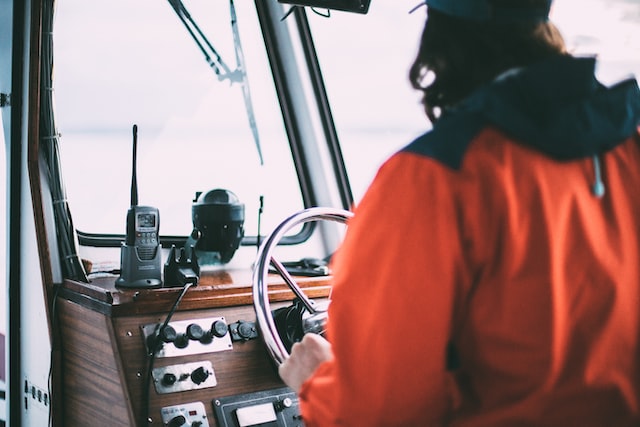The navigator service on the ship is organized and headed by the captain of the ship and is intended to ensure navigational safety.
The presence of a ship at sea is constantly associated with its stay in certain difficult navigation areas. At any time during the navigation of the vessel, navigational safety must be ensured. However, there are situations when can navigation rule be overlooked.
Such situations include:

- sailing in poor visibility;
- crossing dangerous waters;
- low maneuverability of the ship;
- inexperienced sailor.
Why are we talking about the moments when can a navigation rule be ignored?
These exceptions occur when:
- there is a threat to life and health of the ship’s crew and passengers;
- there is a threat to the environment;
- there is a threat of crew members falling from the ship into the water.
Navigational laying
In other cases, in order to ensure the safety of the vessel during navigation, from the moment of departure to the moment of arrival, a navigational laying must be constantly maintained, which includes dead reckoning, determination of the position of the vessel and calculations of maneuvers to diverge from other vessels.
Accuracy of determining the vessel’s position

The process of measurement and processing of navigational parameters is accompanied by errors, which will burden the coordinates of the ship’s position. Therefore, in order to ensure the safety of navigation, to justify the maneuver of the vessel in order to diverge from the navigational danger, it is necessary to assess the accuracy of determining the position of the vessel.
The assessment of the ship’s position accuracy should be made:
- when performing preliminary laying;
- when approaching the shore, navigational hazard, restricted waters;
- in cases when the discrepancy of the observed area exceeds the allowable value.
The interval between observations, depending on the navigational conditions, is set by the captain of the vessel.

